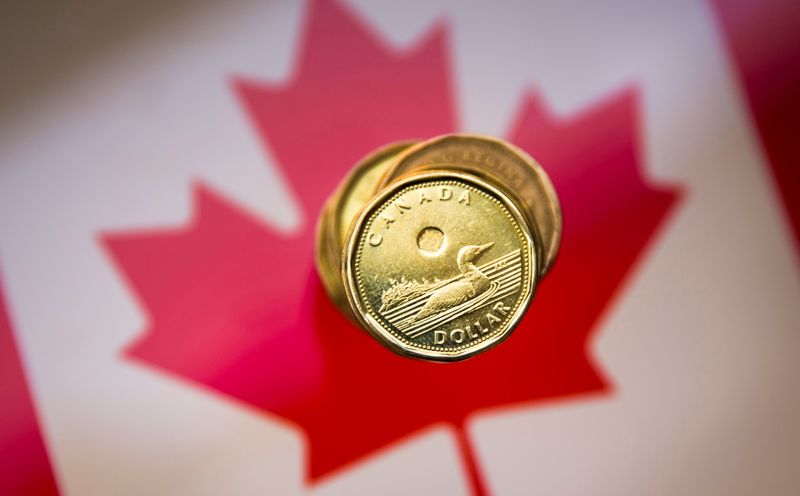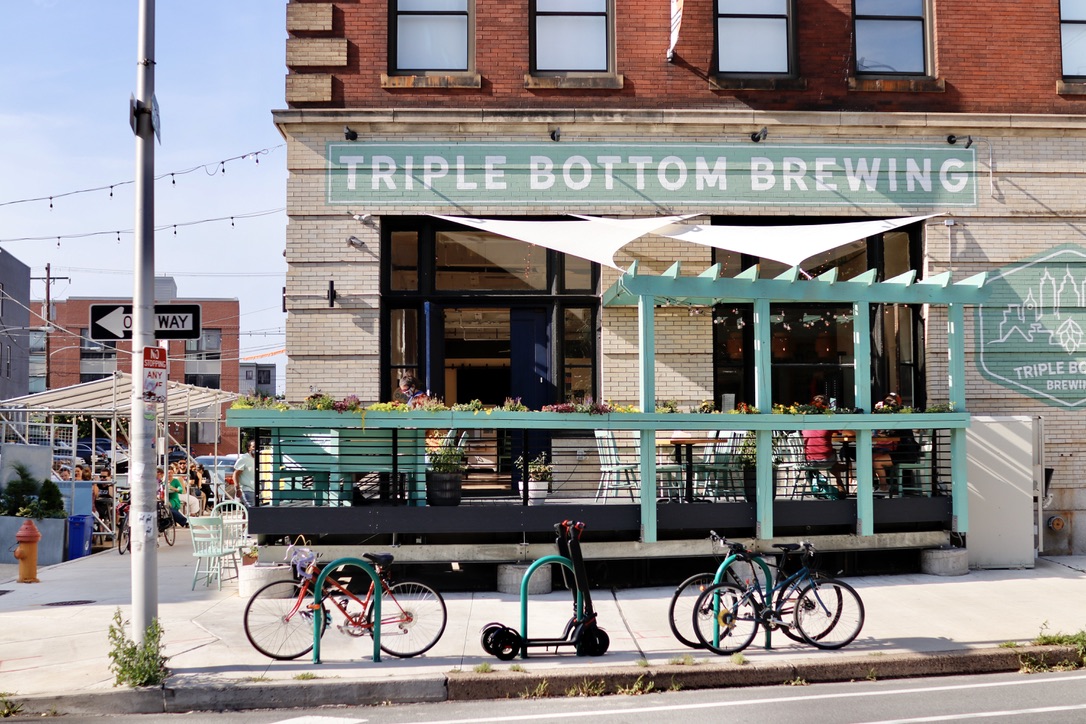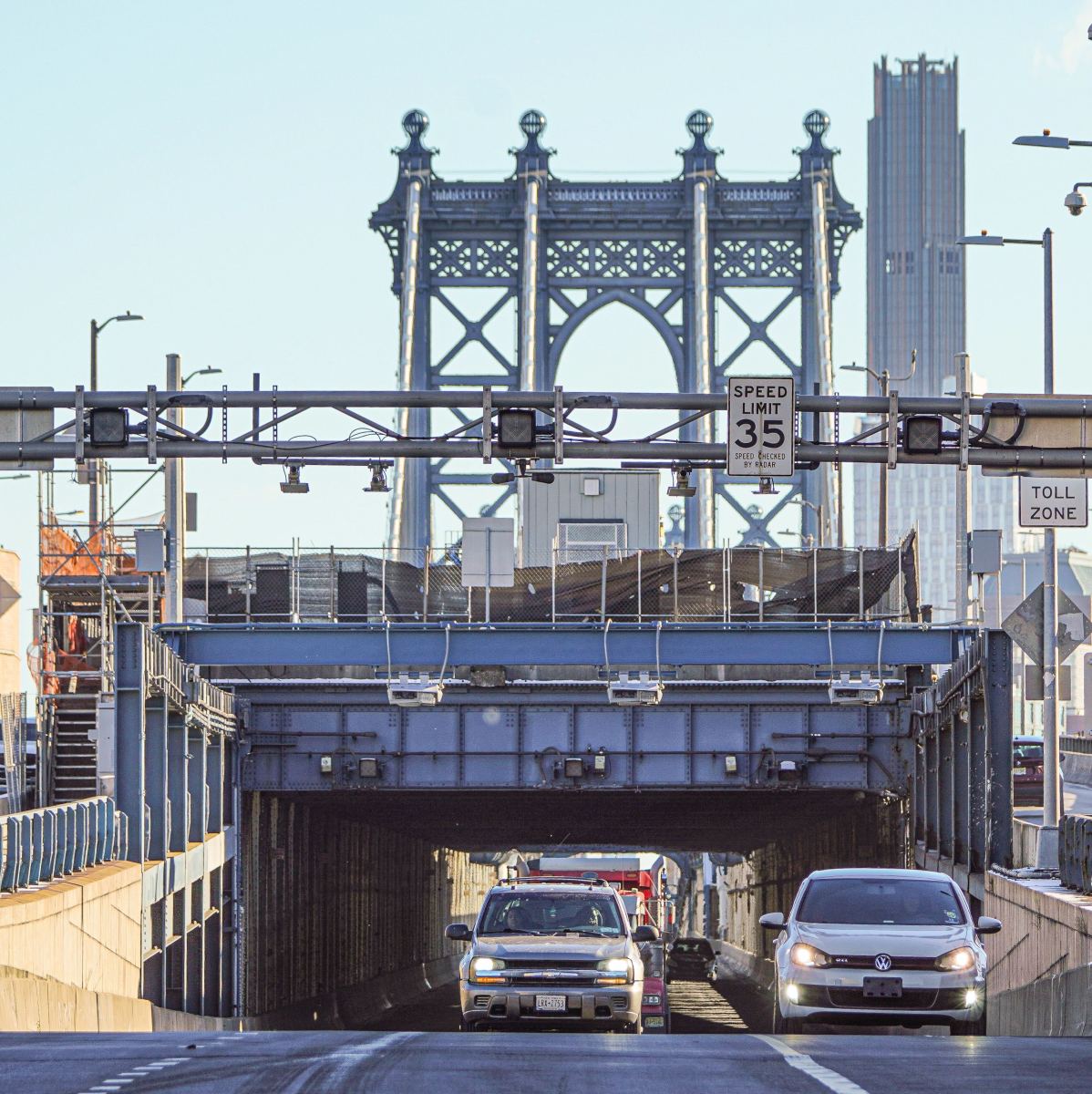OTTAWA (Reuters) – Canadian retailers are readying for a post-pandemic rebound as consumers emerge from lockdowns and open their wallets, but higher costs are eroding their profit margins and fanning inflationary pressures.
Skyrocketing transport and input costs – fueled by a global shipping container shortage and surging demand for raw materials – mean prices set a few months ago no longer make sense, especially when demand for goods is so high that certain products are selling out before they even arrive.
Many retailers and importers are sacrificing margins to try to weather what they hope is a temporary imbalance as the world snaps back from the pandemic. But some are also increasing their prices and that is helping feed Canada’s hottest inflation in a decade in May.
While the Bank of Canada says the current period of high inflation is transitory, it warned this month that if supply imbalances persist, inflation might lead it to reduce stimulus more quickly than expected.
For furniture importer Rachel Bourdages, the cost of getting shipments from India and China to Canada has quadrupled amid the shipping container shortage. Last year, she was paying around $4,000 per container.
“Last month, for the same container, it was $15,000. And this month … it will be around $16,900,” said Bourdages.
Bourdages and others also are facing frequent price increases from their suppliers, who are grappling with surging costs for raw materials like wood and metals, along with labor shortages.
Bourdages is increasing prices where she can, but it is not enough to make up for her added costs. And the shipping delays mean she is under pressure to order products months in advance, with no guarantee the price she gives her customers now will be sufficient by the time the goods arrive.
It’s not just small businesses feeling the pinch. Retailers like Canadian Tire and parka maker Canada Goose noted the cost impact of the global crunch in recent investor calls. And consumer prices for everything from clothing and shoes to furniture and cars have jumped on the year.
Graphic: Canada inflation by select components – https://graphics.reuters.com/CANADA-ECONOMY/RETAILERS/qmyvmzllwpr/chart.png
Still, retail sales are expected to boom this summer and were already tracking about 5% higher in early June, according the RBC COVID Consumer Spending Tracker.
The only bright spot for retailers has been the strong Canadian dollar, which has surged 9.6% in the last year, giving importers more purchasing power.
“When the Canadian dollar is stronger, that gives them at least a small buffer,” said Diane Brisebois, chief executive of the Retail Council of Canada.
But that buffer is not enough, particularly for furniture retailers and importers who as of May are facing a new anti-dumping tariff on upholstered sofas and chairs from China and Vietnam, two of the largest supplier markets.
Love Dodd, who owns three furniture stores in British Columbia, canceled 35 containers he had on order rather than pay the tariff of up to 296%. The shipments he was unable to cancel or divert have cost him hundreds of thousands.
“That’s not something I can pass on to my customers, I can’t say ‘Mr. and Mrs. Jones, that sofa you’ve got coming in, we have to charge you 296% extra,'” he said. “We’ll be eating the costs on that.”
(Reporting by Julie Gordon in Ottawa; Editing by Steve Orlofsky)
























